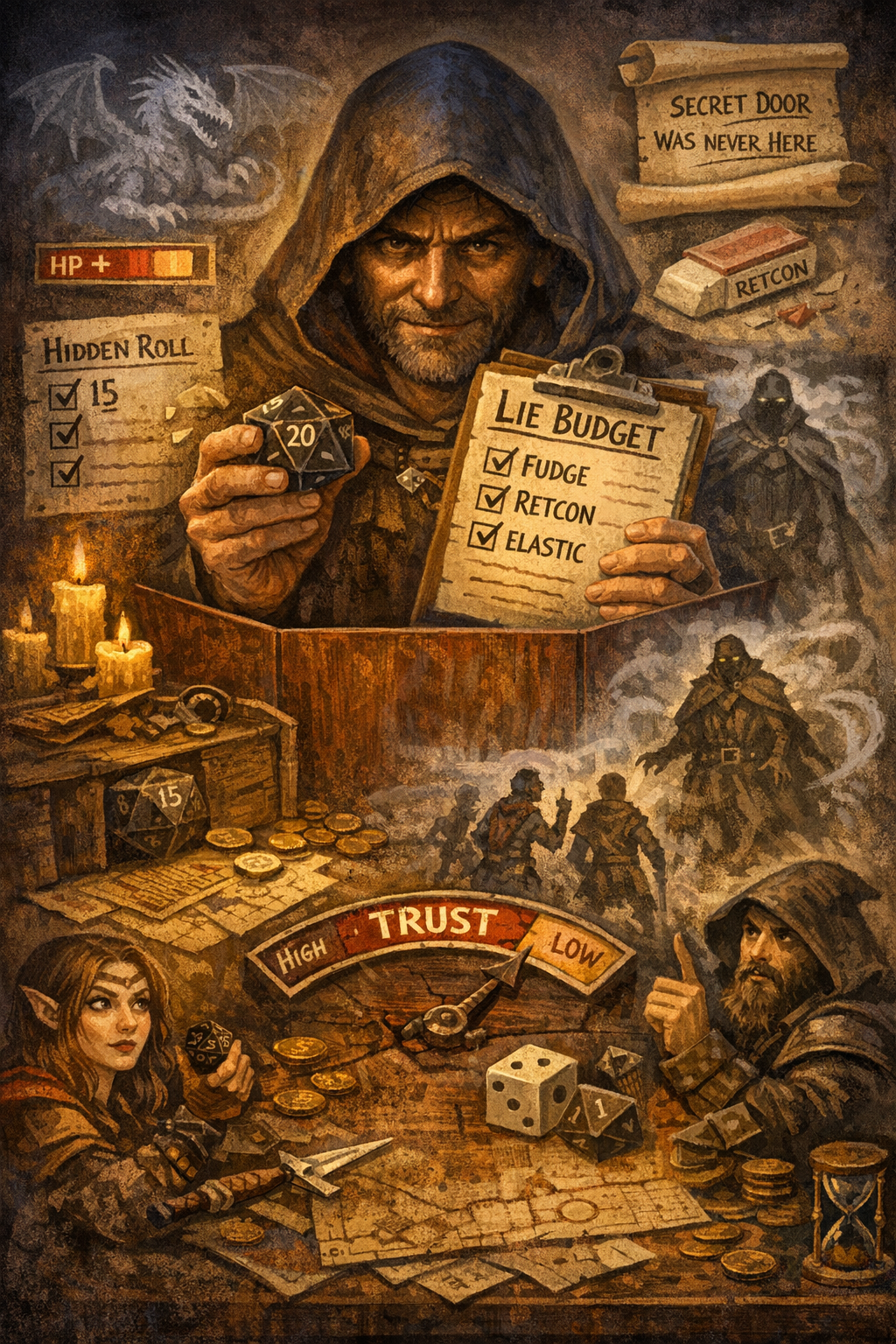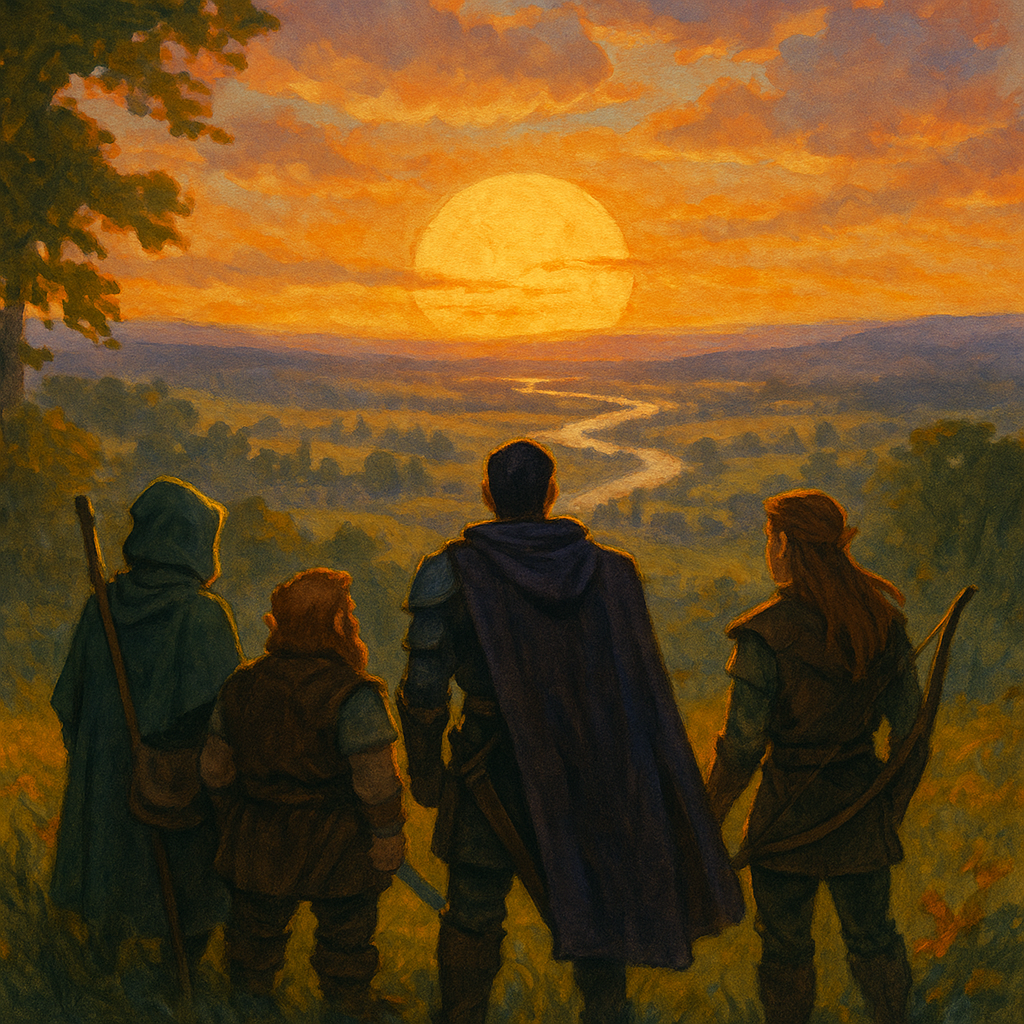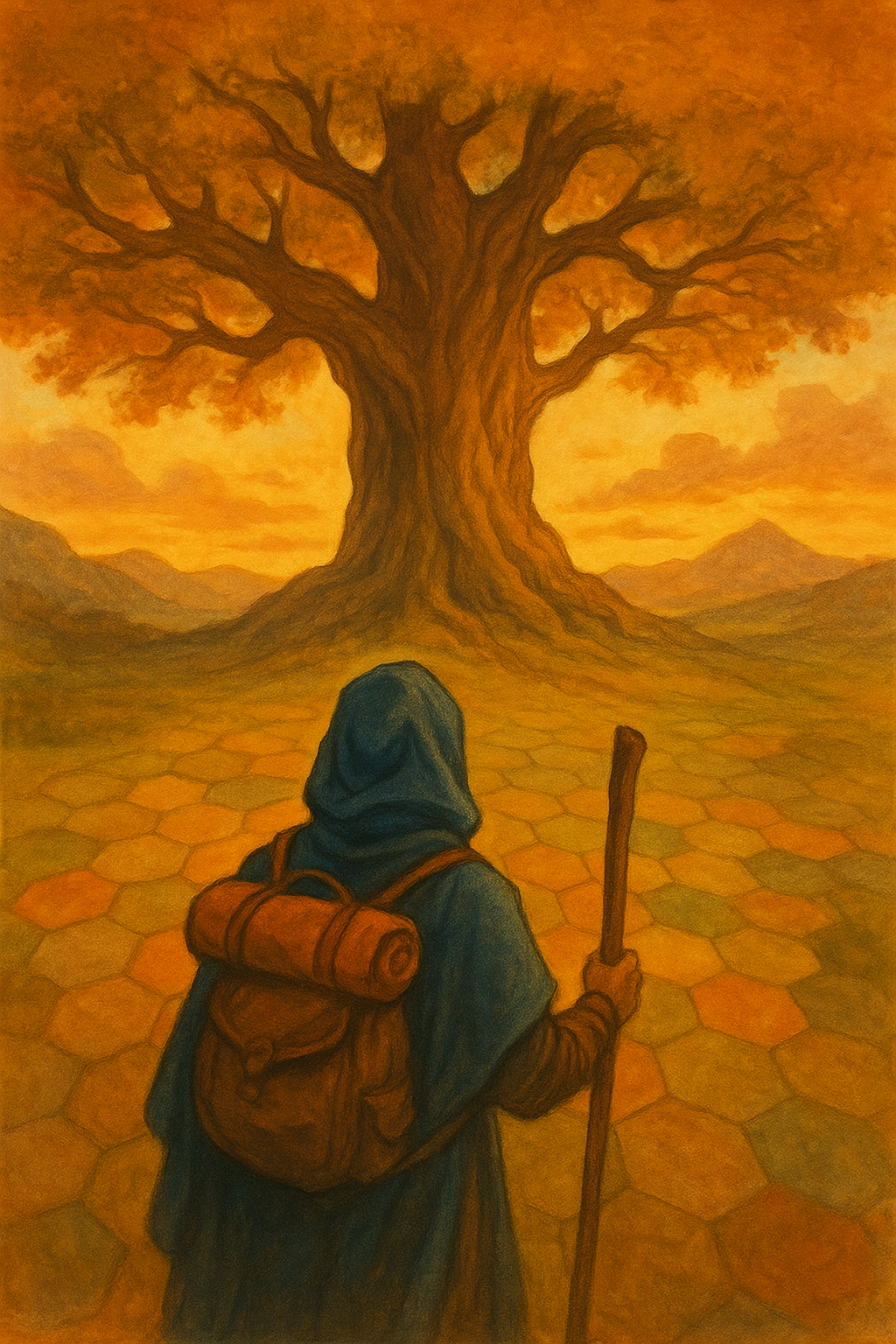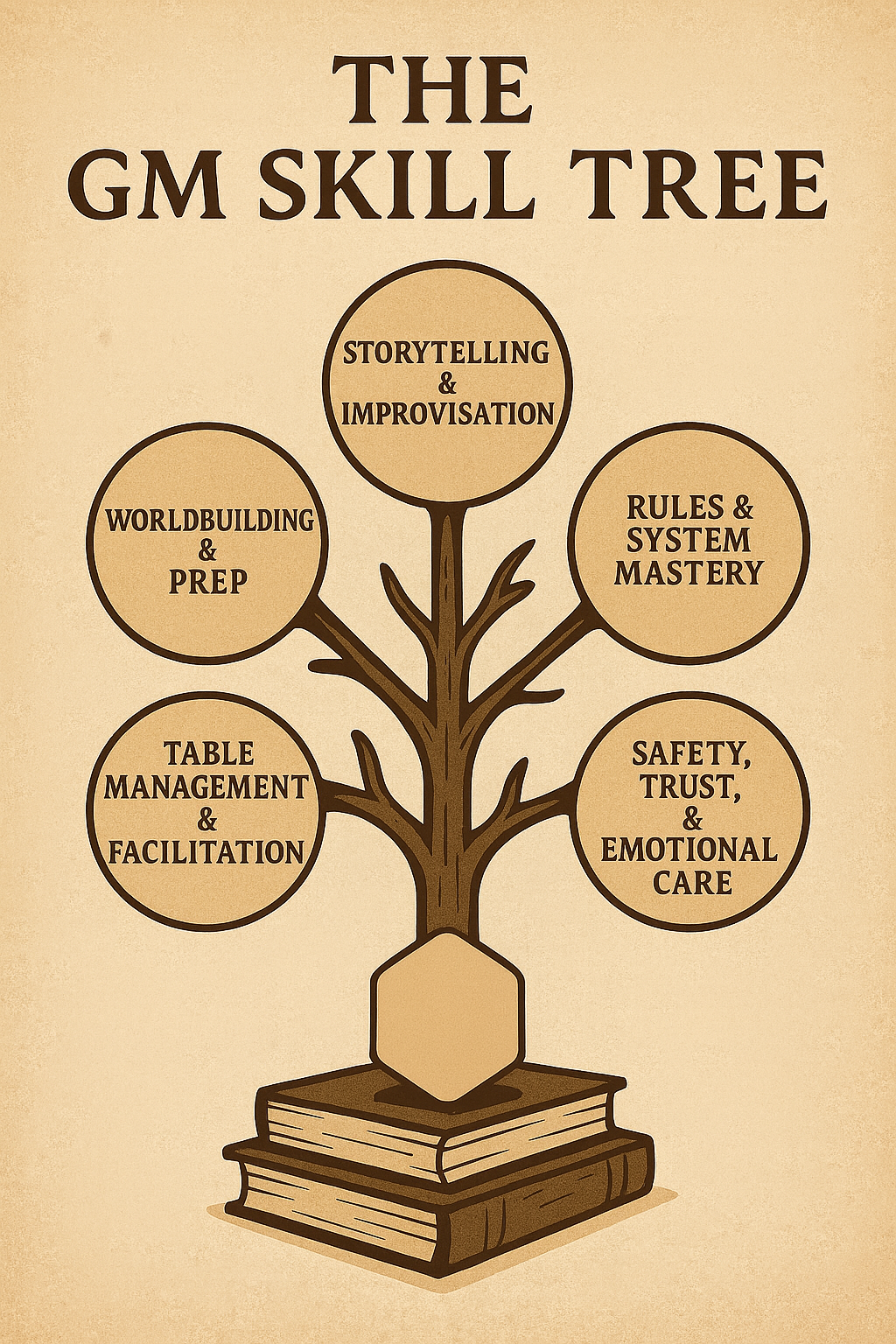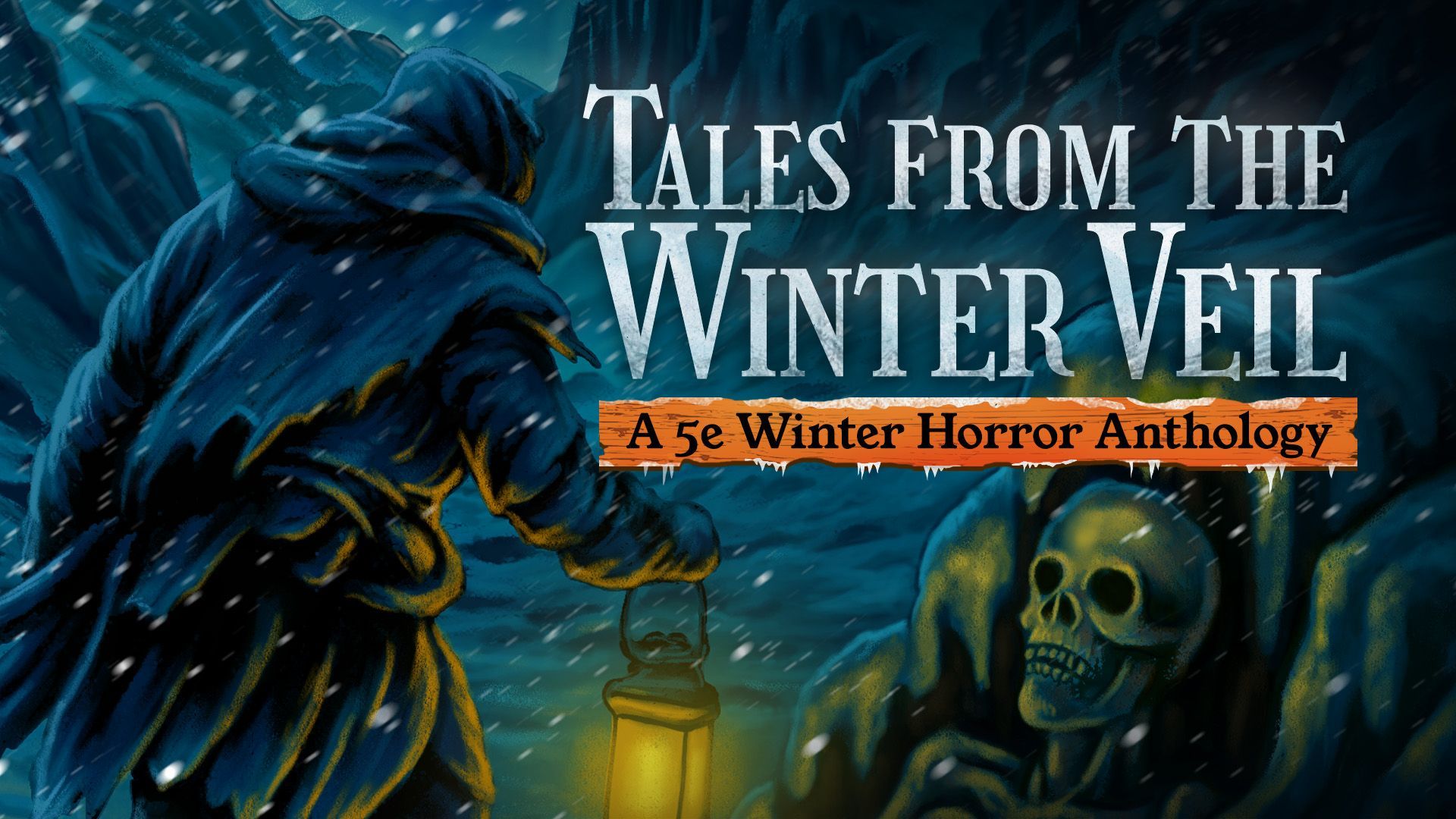Letting the Dice Tell the Story: Embracing Failure and Chaos
When you let the dice fall where they may
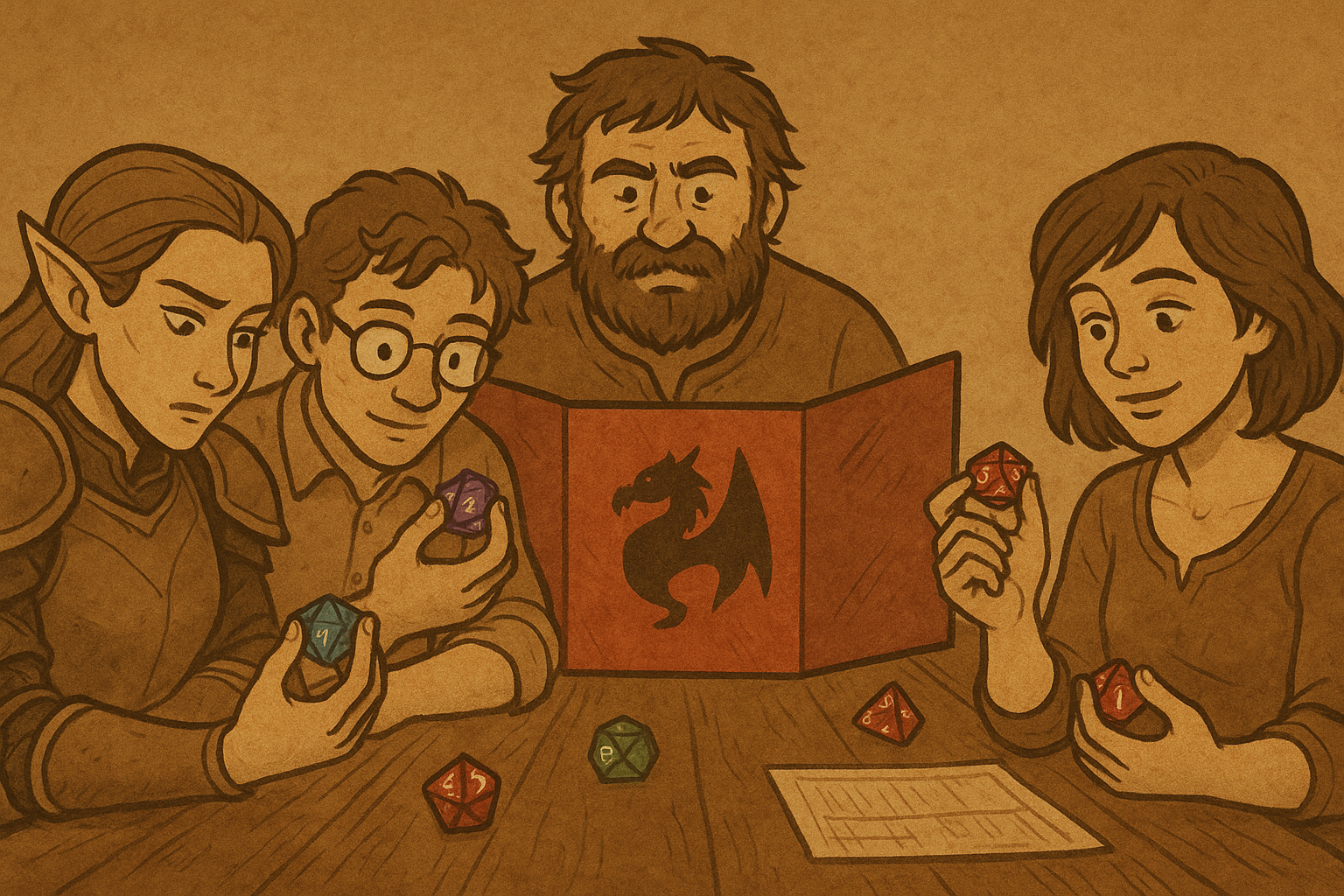
Dear Readers,
There’s something magical—nay, vital—about the unexpected in tabletop role-playing games. From a failed Charisma check that leads to an unscripted bar fight, to a wild series of death saves that leaves the healer unconscious and the rogue wielding two potions and a prayer, these moments remind us that Dungeons & Dragons is, at its heart, about the story we create together. And sometimes, the best stories come from the worst rolls.
Today’s blog post is a love letter to the chaos. It’s about the fumbles, the natural ones, the barely-missed saving throws, and the epic failures that shape a campaign in ways no Dungeon Master could plan. It’s about letting the dice tell the story, and embracing failure not just as a possibility—but as a feature, not a bug.
Why We Fear Failure (and Why We Shouldn’t)
Players often invest deeply in their characters. Months or even years of gameplay can result in powerful emotional bonds and aspirations. The idea of failure—be it death, defeat, or disgrace—can feel like a personal loss.
But failure, when handled right, adds meaning. Imagine a bard who consistently fails performance checks but continues performing regardless. That story of resilience and self-delusion may turn out far more memorable than one of consistent success. Failure humanizes heroes, and chaos forges legends.
The Allure of Control
As DMs, we sometimes feel tempted to shield our players from catastrophic rolls. Maybe we fudge the dice. Maybe we soften consequences. After all, we’ve spent countless hours crafting this world and we don’t want it to unravel because the paladin rolled a 1 on a crucial negotiation.
But the truth is: control is overrated.
When we lean into chaos—allowing natural consequences and unexpected failures—we invite genuine storytelling. When a prince is insulted or a ritual fails mid-casting, the fallout forces both DM and players into improvisation, and that’s when the game comes alive.
The Philosophy of Emergent Narrative
"Emergent narrative" refers to a story that arises naturally from the players’ choices and the mechanics of the game, rather than from a fixed plotline. Dice are an engine of this kind of storytelling. They introduce randomness, which means unpredictability, which means truth.
You didn’t plan for the barbarian to jump off the cliff to tackle the necromancer, but she did it. You didn’t expect him to roll a nat 20. You didn’t know the necromancer would splatter against the rocks. But now that it’s happened? Your game world has changed, and the story is now unique, memorable, and absolutely yours.
Making Failure Meaningful
Let’s get something straight: failure shouldn’t equal boredom. A missed perception check shouldn’t be a dead end—it should be a door to another opportunity. Here are ways to make failure an enriching part of gameplay:
1. Fail Forward
Rather than halting the game, allow the failure to move the story forward in a different direction. Didn’t pick the lock? The guard hears you. The chase begins. Boom—adventure.
2. Introduce Complications
A failed persuasion doesn’t mean no deal—it might mean the NPC agrees, but only if the PCs do something risky. A failed spell doesn’t fizzle—it backfires or warps reality in small but significant ways.
3. Create Consequences, Not Punishments
Think of failure as creating ripples, not blocks. If the PCs fail to stop the ritual, the demonic rift opens. But that doesn’t end the campaign—it just escalates the stakes.
4. Embrace Character Development
Let failure affect your characters emotionally. The wizard who fumbled a powerful spell might grow insecure. The fighter who lost a duel may now seek vengeance or training. These are arcs.
Let the Dice Guide You—Even When It Hurts
Some of the most legendary campaign moments I’ve ever seen came from disasters:
- A wizard who teleported the party into a solid wall because of a failed Arcana check.
- A rogue who crit-failed an acrobatics roll and crashed a wedding.
- A paladin who accidentally insulted a celestial patron with a poor Religion roll.
What made these moments shine wasn’t just the hilarity—it was the fallout. Each event changed relationships, created new paths, and bonded the players through shared struggle.
How to Build Chaos Into Your World
If you’re serious about embracing dice-driven storytelling, consider designing your campaign to accommodate failure from the start:
1. Sandboxed Campaigns
Design worlds where the plot is less about a single path and more about multiple interconnected threads. Let players choose which plot hooks to pursue. That way, if one path collapses, others remain viable.
2. Reactive NPCs
Let NPCs react logically—but not rigidly—to failures. A spurned noble might hire assassins, but he also might challenge the party to a duel, or spread rumors, or try to frame them for treason.
3. Dynamic Factions and Timelines
Create factions with agendas that advance regardless of player actions. That way, when players fail to stop a cult, it doesn’t just end the plot—it deepens it.
4. Living Consequences
Track failures. Let towns fall into disrepair, kings lose faith in heroes, and enemies grow emboldened. Then let the players fix—or live with—the consequences.
Running a Game Without a Net
Some DMs run games with little to no preparation, relying entirely on improvisation and player direction. It’s not for everyone—but even structured DMs can adopt some of this mentality.
Ask yourself: What happens if this goes wrong? Prepare those branches too.
Trust the table. Trust the story. And most importantly, trust the dice.
Encouraging Players to Embrace the Chaos
Some players fear failure more than others. Here's how to help them:
1. Normalize Mistakes
Show that failing is part of the experience. If every character has embarrassing or painful moments, it becomes a shared rite of passage.
2. Reward Creativity, Not Just Success
Give Inspiration for bold, daring, or funny failures. Celebrate trying, not just winning.
3. Build Arcs from Defeat
Highlight how a failed moment can kick off a powerful personal arc. A rogue dishonored might become a folk hero. A disgraced wizard could unlock darker magics.
4. Set Expectations Early
Let your players know from Session Zero: this world reacts. Successes and failures both shape the outcome. This primes them to see failure as story—not punishment.
Dice Chaos in Different Game Styles
Different campaign styles handle chaos differently. Here’s how failure fits:
Heroic Fantasy
In high-powered games, failure can feel like a setback before an even bigger triumph. Let the heroes fall, then rise mightier.
Grimdark & Gritty Realism
Here, failure is expected. Make it tragic, haunting, and deeply personal. But give glimpses of hope.
Mystery & Investigation
Let failures deepen the puzzle. A botched clue might send the party down a false path that leads to something unexpected.
Political Intrigue
Failures shift power. A poor roll might mean alliances crumble or secrets leak. Embrace the web of fallout.
Horror
Failure is fear. Let each mistake draw the players deeper into dread and desperation.
Final Thoughts: Why Dice Matter
Dice are the soul of tension. They keep us honest. They remind us that no matter how clever we are, we’re not in total control. And that’s thrilling.
A natural one can turn a routine conversation into a barroom brawl. A twenty can make a desperate plan succeed against all odds. They keep us at the edge of our seats, hearts pounding, uncertain but hopeful.
As a Dungeon Master, your job isn’t to write a perfect story. It’s to discover one—together. With your players, with your world, and with those chaotic little polyhedral gods we call dice.
So next time your players fail, lean in. Laugh with them. Let the world shift. Let the moment breathe.
Because in D&D, every failure is just another chapter in a legendary tale.
Until next time, Dear Readers...
















